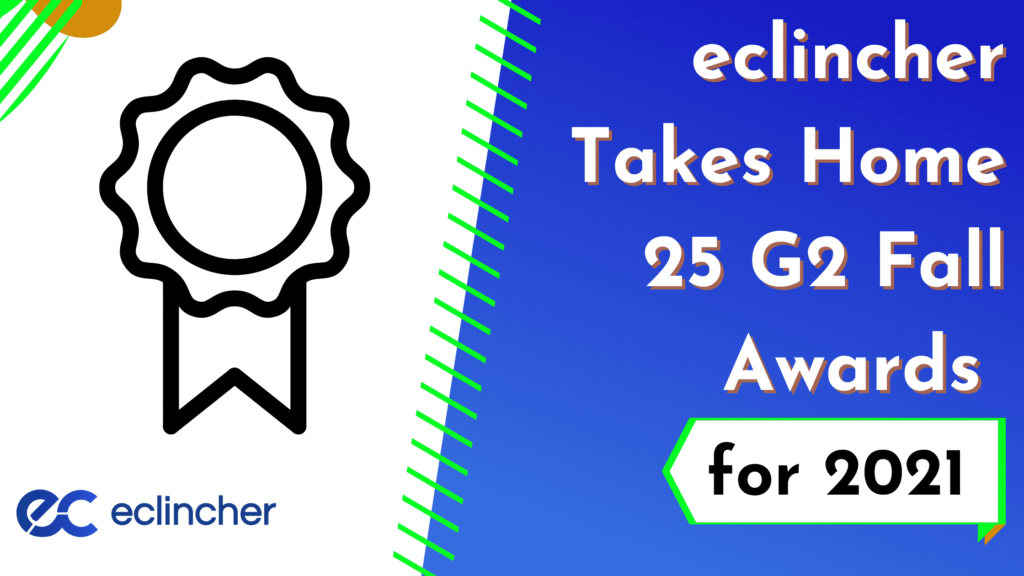Have you ever wondered how brands are able to consistently publish quality content and send insane traffic to it by way of social media? Have you also ever wished you could write and share stories while at the same time grow your online presence and bring your website more visitors? Let’s talk about how to write a blog that you can post on social and get real results.
Fortunately, writing great content that people will be interested in and actually read doesn’t have to be as difficult as some of us think. Over time and with consistent practice, you can share what you want, grow your audience, and even increase social presence all at the same time. Whether you’re a budding blogger or a thriving business, here are 10 easy steps you can follow to write a blog post that gets traffic on social.
How to Write a Blog Post: 10 Actionable Tips
1. Define Your Audience Specifically
This is a very necessary first step. If you don’t lay a strong foundation, nothing that comes after will work in your favor.
Deep dive into what you already know about your audience and research what they’re talking about online. What do they care about? What do they want? Can you identify their needs and goals? Know what problems are left unsettled or what issues are not getting enough attention. You can’t know how to write a blog that’ll kill it on social if you don’t know who you’re even writing for in the first place.
To better identify your niche audience, you’ll also want to determine specific demographics. Are they mostly male, female, or a healthy combination of both? What’s the average age range? Income level? Education level? Where do they live?
Know your audience.
2. Make a List of Potential Blog Post Ideas
Once you know who you’re writing for, you’re in a better position to determine what to write about that’ll garner serious attention on social media.
If you don’t already, create a master list of all potential topics for your blog posts. This is your opportunity to dump every last idea you can think of. This doesn’t necessarily mean that you’re going to use all of them, but you don’t want to be thinking of topics on the fly. You should be planning content ahead of time. That’s why it’s important to have a backlog of your ideas.

You can also look back to your previous posts to see which ones received good traffic and engagement. This is a strong indication that you were on the right track and might want to piggy-back on those ideas. Understand that you should write about what your readers want to know, rather than what you want to tell them.
Keeping this list is just one part of the conversation. Additionally, it’s vital to know which types of content and blog posts are appropriate and will work for your business. Much of this goes back to the first step, where you defined their audience. If you’ve done this part correctly, you’ll better be able to determine what they want to read about and see on social media.
3. Draft Your Outline
Blog posts should always be coherent and cohesive, and preparing a comprehensive outline will help you do just that. This will serve as your guide to ensure that you touch on all of the important points that your followers are looking to learn about. Likewise, it’ll keep you from straying from the topic, so that you can stay relevant and on-track.
The outline will also be essential in identifying the relevant sections and sub-points, as well as establishing a good flow for your blog post.
Again, we’re working to lay a strong foundation here.
4. Write a Click-Worthy Title
The title is the first thing people will see when browsing on your social media channels, so make sure yours is strong enough to capture their attention. This should compel the audience to click, read, and share your work. A great headline should be intriguing or perhaps mysterious. You want it to be punchy, unique, and to clearly communicate the value and benefit to anyone who clicks on it.
Bear in mind that you want to strike a delicate balance. People should be able to read the title and have an idea of what they’re going to read about. However, you also don’t want to give all the secrets away.
Try making use of interesting adjectives and numbers. Listicles and “how to” blogs get attention on social. You can also take an extreme stance or even ask relevant questions that will spark the audience’s interest in what you have to say. Do avoid clickbait, though, which means your title is over-the-top for the sole purpose of grabbing people’s attention, but the blog itself doesn’t really deliver. Pique their interest, yes, but always be truthful.
5. State Your Main Point Within the First Paragraph
If the captivating title is what made the audience click on your blog post, the introduction is what will make them want to read the entire piece. That is why the first paragraph should hook them right away, keep them curious, and leave them wanting more.

An excellent introduction should be relatable, reveal a common problem, and propose solutions to such a problem. It must clearly present the value and benefit to the readers to entice them to continue reading. Start with a statement of fact, an anecdote, or a question to help them understand what will be discussed in your post. Remember: Don’t make the readers wait because they won’t. It’s best to get straight to the point and then elaborate.
6. Write Concisely
If people click on your blog from social media and are greeted by painfully long paragraphs, they’re going to run in the opposite direction. An outstanding blog body should utilize shorter paragraphs, with only about three sentences per paragraph. Also, consider using lists or bullet points to help break up the text and add a little white space to the page.
Also worth mentioning is this: At all costs, avoid writing filler content for added word count. Every paragraph, every sentence should be relevant. If it isn’t, then delete it.
7. State the Main Points in Your Headings
To make your blog more eye-appealing and easy-to-digest, separate them into sections with the use of descriptive headings. These should help your audience know what to expect from each section of the post. Beneath each heading, add facts or relevant information that will further support or elaborate on your points. The key here is to allow your readers to just skim the headings of the blog post and still come away with the key ideas that you are discussing. (Psst! Notice how we do that in this blog. You could merely skim the 10 headings and still walk away with the basic concepts that we cover.)
8. Use Your Conclusion Wisely
You’ll want to end your post with a bang, so take time to think about how you will close out strong. This is where you get to tie together all the parts of your blog post. However, it’s also important to note that it shouldn’t be just a mere repetition of points. A strong conclusion should be able to resolve the presented problem or clearly summarize the key ideas. It should also present an effective call-to-action (CTA) that will prompt response or participation from the readers.
The CTA is a vital part of your conclusion. Don’t forget it!
9. Pick a Featured Image That Converts
One of the biggest mistakes in blogging is not taking full advantage of images, which are a total game-changer. Make your post more engaging and pleasing to the eye by using a featured image that’ll make people stop and look on social media.
Make sure you use quality photos from credible image libraries like Shuttershock, Pixabay, Pexels, or Unsplash. Pictures featuring smiling people (and dogs — woof!) tend to convert well.
Having excellent visual content and maintaining a consistent design will keep people interested in your blog. You can hire experienced designers who will work their magic based on your wants and requests. Or you can use free to low-cost design tools like Canva (which integrates right into eClincher) to help beautify your post. Whichever way you choose, it goes a long way to invest in thoughtful blog aesthetics.
10. Edit and Proofread
Unfortunately, a lot of people think that once their post has been written and designed, it’s ready to publish. Careful! Another important step in writing an outstanding blog is editing and proofreading — not just once, but twice or even more. Don’t only focus on errors in grammar, spelling, and typos, either. Take some time to add in important last-minute features — like more images or video embeds. Read your post aloud to catch mistakes that your eyes are glazing over. Cut out the unnecessary portions and focus on the parts that will make your work compelling to your followers.
It’s immensely helpful to have a second pair of eyes on your work. Find a trusted friend or coworker to double-check your work.
So, there you have it: 10 easy steps to help you create great content and write effective blog posts that grab attention on social. With these, you’re well on your way to increasing your online presence and getting more traffic to your blog content from your social pages. Now that you know how to write a blog, get to work defining your audience and starting that list of topics!
If you need more help with blogging or your other campaigns, eClincher can assist you with all your social media management and content marketing needs. Start your free trial today.









